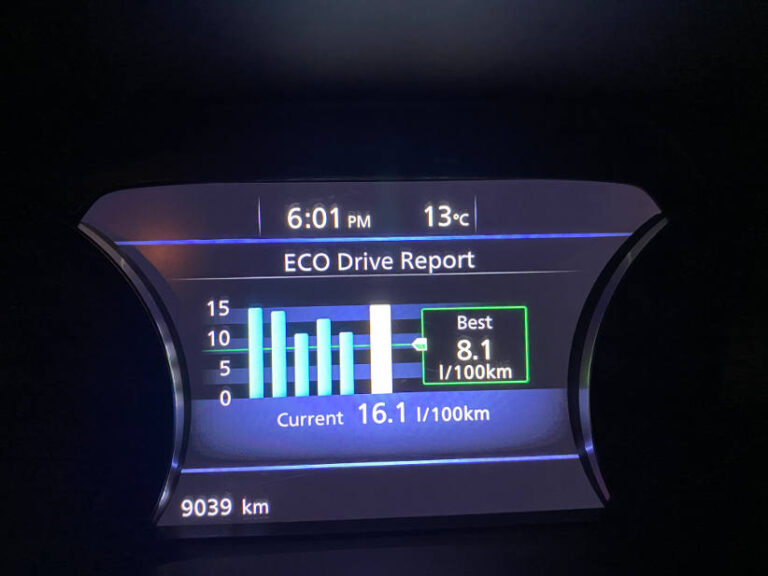Now we’re paying more than $2.00 a litre for fuel, there’s never been a better time for Fleet Managers to talk about eco-driving, or fuel-efficient driving. Fleet Auto News published a podcast discussing the subject with Perth-based Fleetstrategy director Tim Roberts earlier this year which is linked here.
Since then, the Switzerland-based International Journal of Environmental Research and Public Health (the Journal) published a review of eco-driving guidance studies. The 14-page report — titled “Effective and Acceptable Eco-Driving Guidance for Human-Driving Vehicles” looked at publications, courses, and suggestions for drivers to improve driving behaviour to cut energy use and emissions.
To put it into perspective, fuel savings can be made by changing or upgrading vehicle powertrains, but there’s a cost to that. Getting drivers to modify their aggressive speed and braking behaviour is pretty much cost free.
“Practical eco-driving guidance should be provided on operating vehicles properly with the purpose of saving energy and reducing emissions,” the Journal authors wrote. (The authors are based at universities in the UK, Canada and China).
To be sure, eco-driving is not a natural driving style and drivers won’t do it unless they are asked or required to, the Journal said.
Here are five top eco-driving tips, or as the Journal called them “the golden rules”:
- keep a steady speed
- anticipate surrounding traffic flow
- brake smoothly
- minimise the time spent idling
- avoid overuse of auxiliary devices
Roberts had another tip, which may seem counterintuitive for fleets, but it’s to question the need to drive at all in certain instances. For example, if it’s for a meeting, ask “Can it be done virtually using Skype or Teams or Zoom?”
Developing eco-driving mentality and skills among fleet drivers can of course be done by conventional tutorials and meetings where good driving behaviours are discussed and analysed and participants are then expected to apply them when on the road.
Today, though, thanks to technology, eco-driving behaviours can be encouraged by in-vehicle monitoring systems which can send visual or acoustic warnings or speed suggestions to drivers as they’re driving. “In this way, real-time and specific feedback can be provided to drivers according to their driving habits and on-road performance,” the Journal noted.
To expand a little here on what such dynamic in-vehicle systems do regarding warnings, or rewarding eco-driving, they can include practical driving recommendations such as the optimal speed and acceleration, warnings of improper behaviour such as speeding, excessive braking, or long-time idling, and indicators showing the gap between the current behaviour and the optimal one.
In case you are a Fleet Manager looking at installing such a dynamic system it’s worth noting that the Journal academic study evaluated various visual, auditory and haptic systems. These are the three ways to alert the driver — through visual display, sounds such as beeps and alarms, and haptics such as seat vibrating where speeding.
To finish off, it’s also worth considering the Journal’s notes on gamification , something that’s increasingly made inroads into systems fleets are using to modify driver behaviours.
“The effect of gamification is debatable,” said the Journal. The elements in gamification systems include awarding points or scores. While some studies have shown that significant reductions in carbon emissions and energy consumption can be measured, others oppose gamified systems, saying behavioural change encouraged through rewards, including money, aren’t sustained upon removal. Also the peer competition through a ranking scheme from a gamified system can lead to over competitiveness and cheating. The authors recommend gamified eco-driving guidance be explored more.
— Link to International Journal of Environmental Research and Public Health report https://www.mdpi.com/1660-4601/19/12/7310/htm







